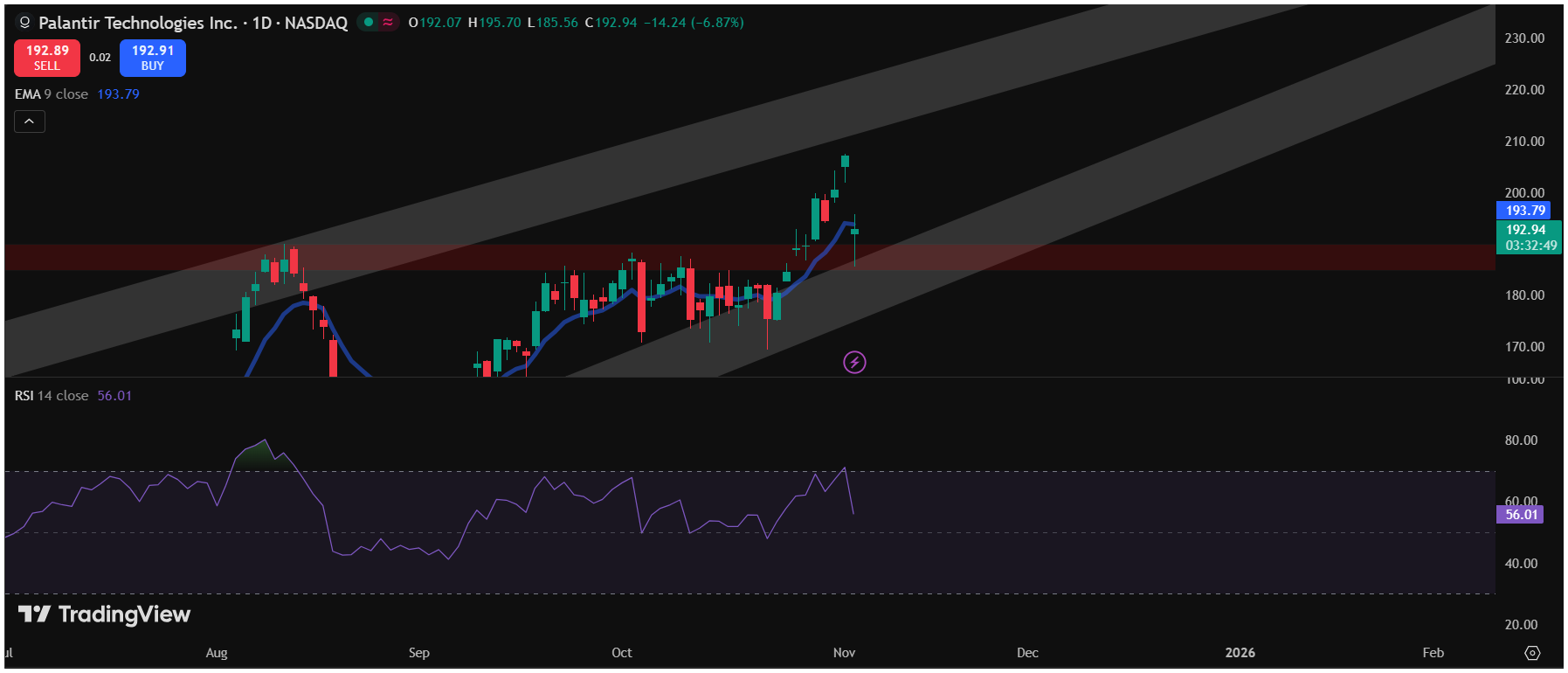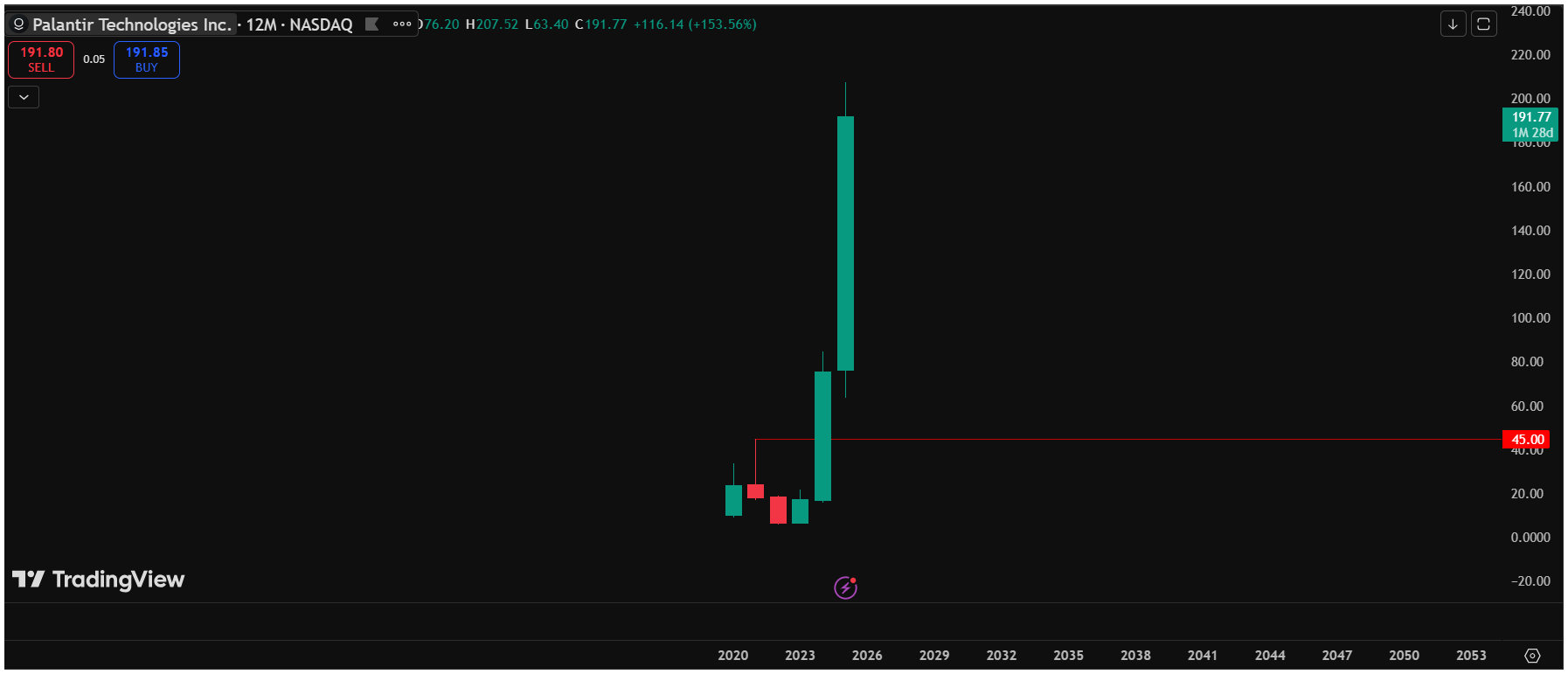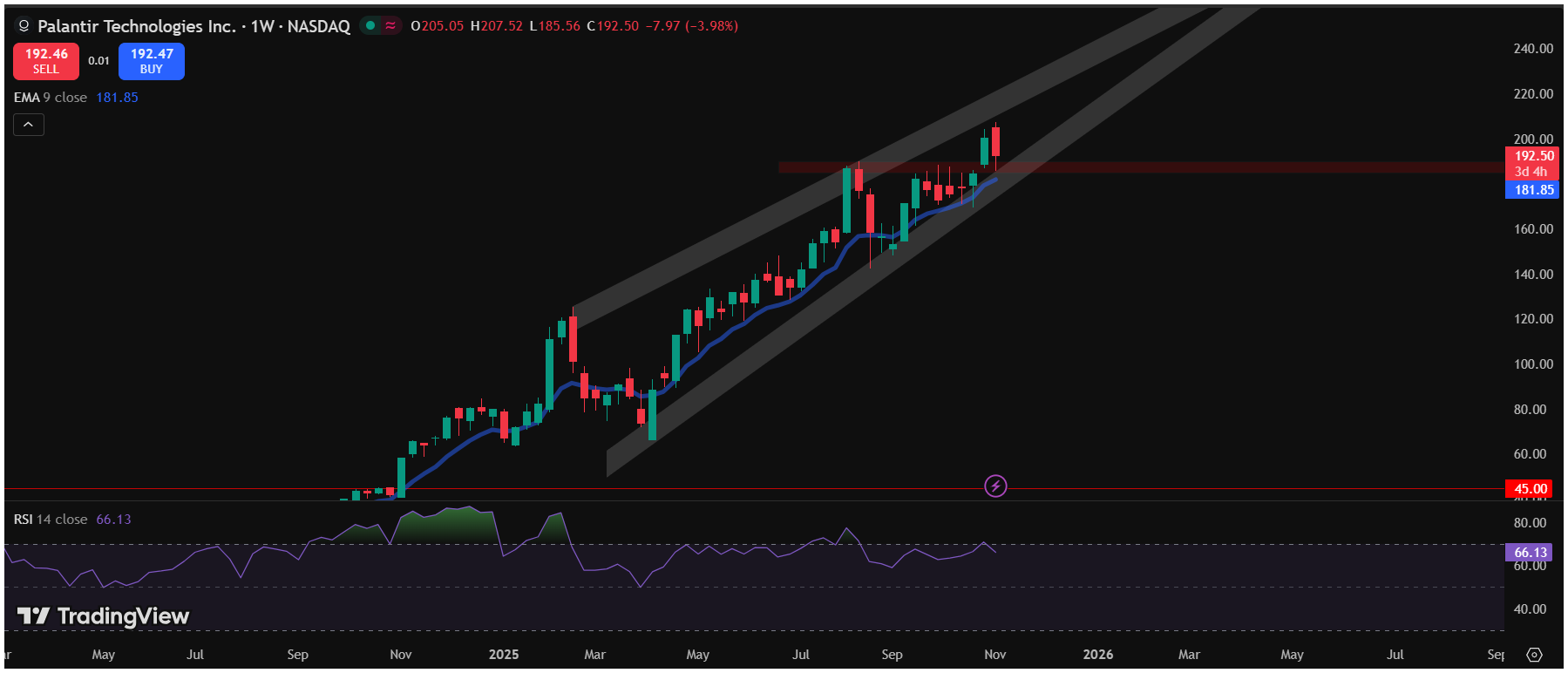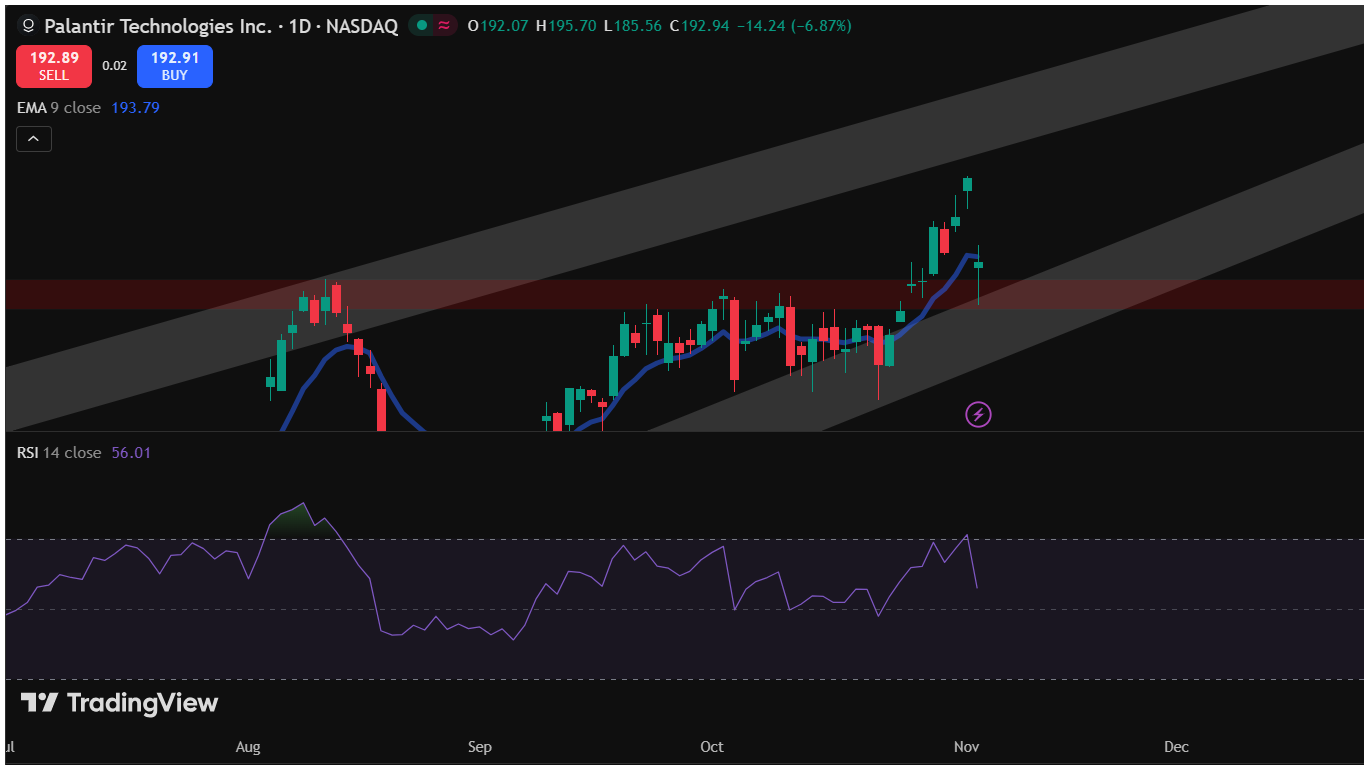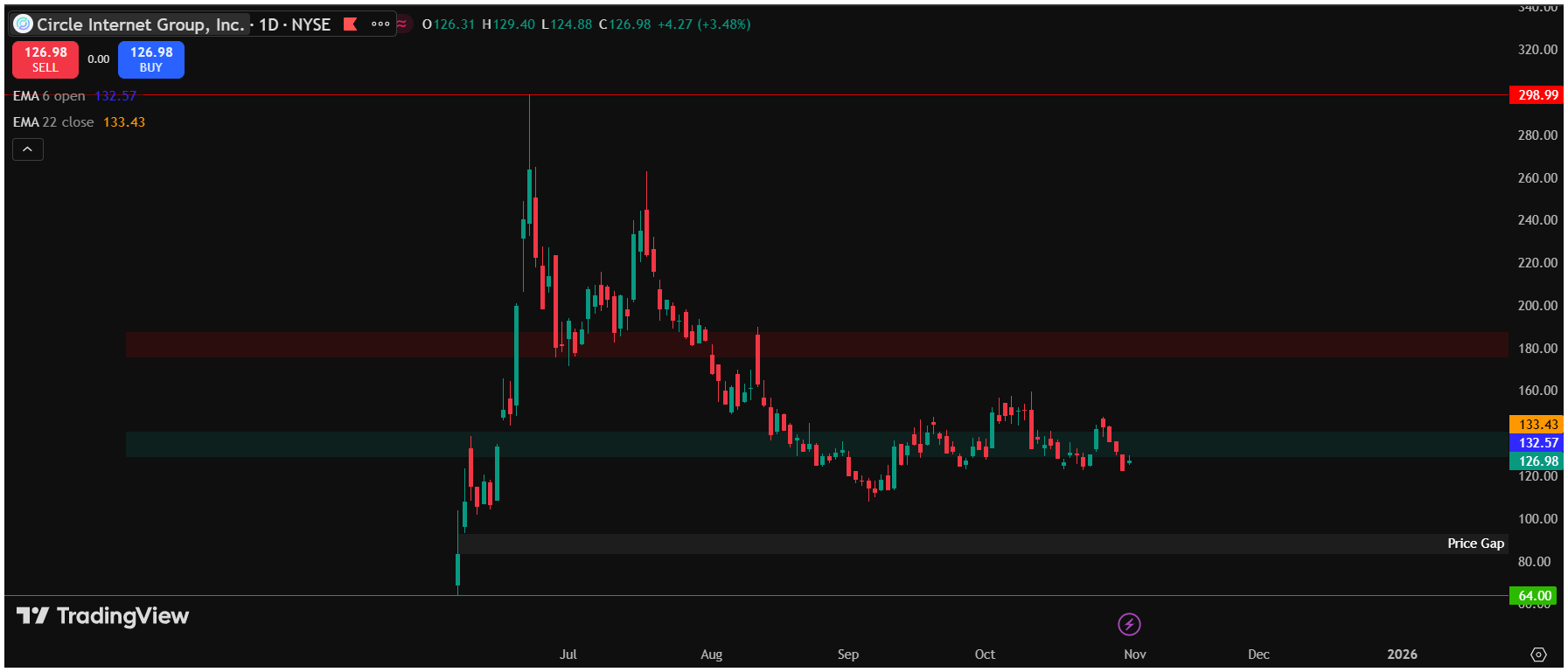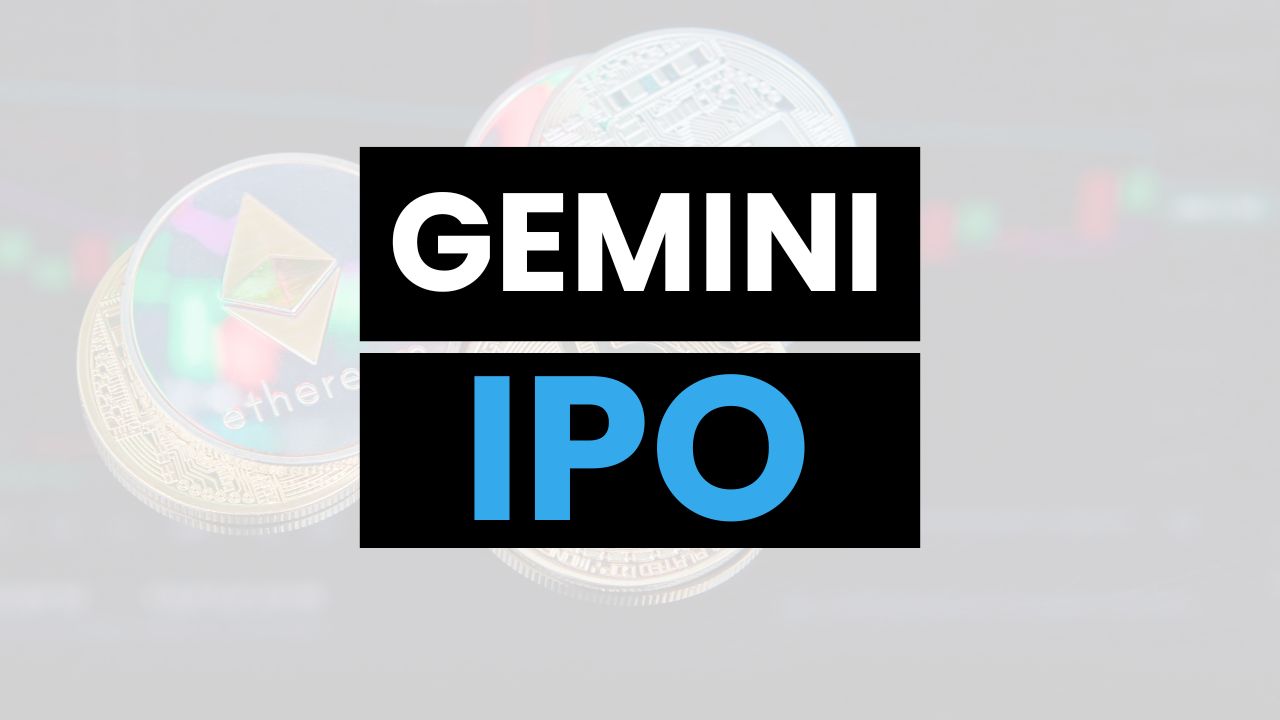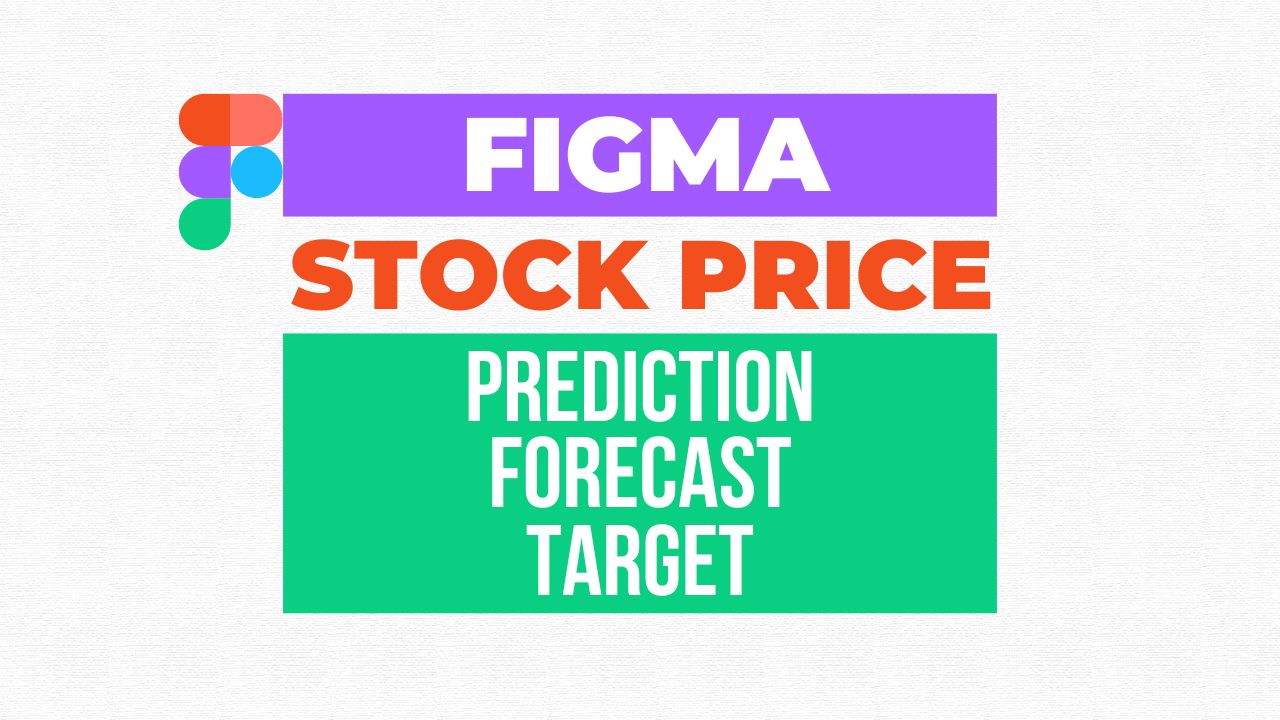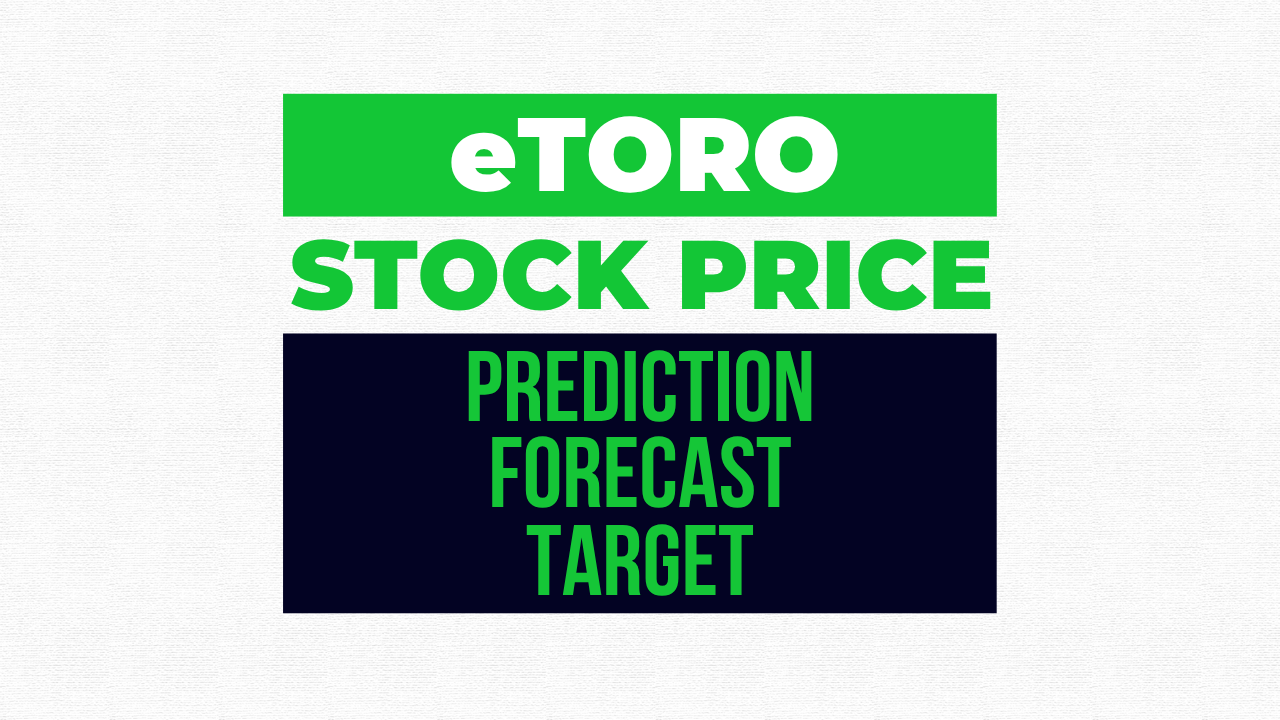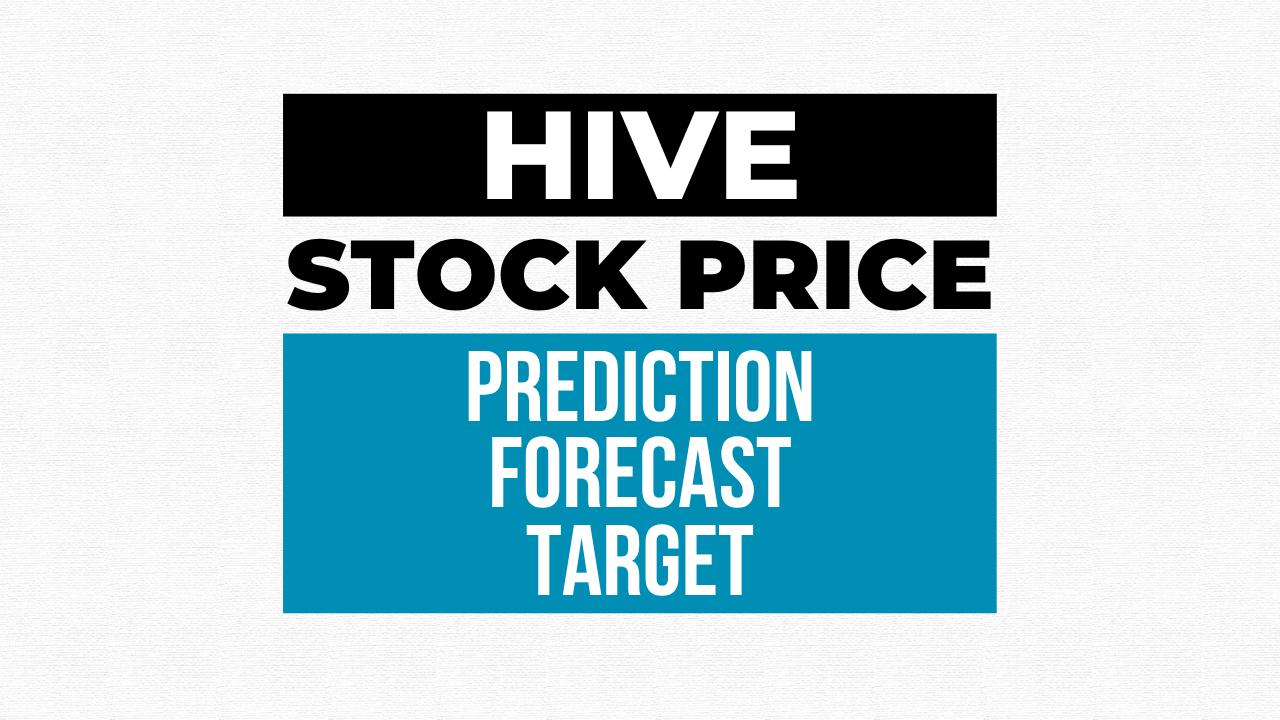Gemini Space Station Inc., trading under the ticker GEMI, was founded in 2014 by Cameron and Tyler Winklevoss. It has grown into one of the most recognized cryptocurrency exchanges and digital asset platforms in the world. \
Also Read – The Very First Post You Should Read to Learn Cryptocurrency
Operating within the broader Financials sector and more specifically under Capital Markets, Digital Assets, and Cryptocurrency Exchange industries, Gemini has made a significant name for itself in the ever-expanding crypto ecosystem. Its headquarters are located at 600 Third Avenue, 2nd Floor, New York, NY 10016. The company currently employs between 600 and 700 people and caters to both retail and institutional clients.
Gemini’s services extend beyond traditional crypto trading. The firm offers custodial solutions, the Gemini Dollar (GUSD) stablecoin, derivatives trading, a crypto credit card, staking facilities, over-the-counter trading, and even an NFT and Web3-focused studio. Its business model has been carefully built around providing a global platform for buying, selling, storing, staking, and trading digital assets, with a strong emphasis on security, regulatory compliance, and institutional-grade infrastructure.
In August 2025, Gemini filed its S-1/A with the U.S. Securities and Exchange Commission after raising $50 million in a private placement backed by Nasdaq.
The company priced its initial public offering at $28 per share, which was above its initial range of $24 to $26. With this, Gemini issued 15.2 million shares, raising $425.6 million and achieving a debut market capitalization of nearly $3.3 billion. On September 12, 2025, Gemini began trading on Nasdaq. Shares opened 32 percent higher at $37.01 and closed the day at $32, which represented a 14 percent gain from the IPO price, while also touching an intraday high of $45.89.
Looking forward, the trajectory of GEMI stock is inherently speculative. Its future will depend on a complex mix of market conditions, adoption rates of cryptocurrencies, regulatory developments across major economies, macroeconomic trends such as interest rates and inflation, as well as broader geopolitical dynamics like U.S. crypto policy. Projections are generally framed by analyzing historical NASDAQ growth, revenue growth rates of peers in the sector, and Gemini’s current financial trajectory. However, the volatile nature of digital assets means that actual outcomes could deviate significantly from expectations.
GEMI Stock Overview
Gemini trades under the ticker GEMI on Nasdaq.
As of September 14, 2025, the company’s market capitalization stands at approximately $3.8 billion, with shares stabilizing near $32 after the debut. Investors who wish to buy GEMI stock can do so directly on Nasdaq through registered brokers such as Robinhood, Fidelity, or E*TRADE. Trading officially commenced on September 12, 2025, immediately following the IPO.
GEMI Financials
Gemini’s financial performance shows both opportunities and challenges. In 2024, the company reported revenue of $142.2 million, representing a 44.8 percent increase from the previous year.
However, in the first half of 2025, revenue declined 7.7 percent year-over-year to $68.6 million due to a period of market softness. The trailing twelve-month revenue as of June 30, 2025, stood at $136.45 million. Analysts currently project that Gemini could achieve a 35 percent compounded annual growth rate in revenue through 2030. This projection aligns with the averages of crypto industry peers, though Gemini’s smaller scale and recent financial losses temper the estimate. Growth is also expected to be driven by institutional adoption and expansion into the European Union through MiCA licensing.
On the profitability front, Gemini remains challenged. The company reported a net loss of $158.5 million in 2024, which was an improvement from the $319.7 million loss posted in 2023. However, losses deepened in the first half of 2025, reaching $282.5 million. Despite this, the company experienced growth in monthly transacting users, which rose to 523,000 from 497,000 in the prior year. Its lifetime user base has now reached 1.5 million. Liquidity pressures remain evident as Gemini’s cash balance was reported at $42.8 million against a short-term debt load of $680 million, which underlines the financial strain of maintaining aggressive expansion while dealing with volatile market conditions.
Looking toward 2030, revenue is forecast to grow to approximately $1.2 billion if the 35 percent CAGR holds. Profitability is expected to emerge by 2027, with analysts projecting a forward price-to-earnings ratio of about 40x, which is in line with Coinbase’s valuation metrics. Currently, Gemini’s P/S ratio is estimated at about 28x, which is high following the IPO but could compress to 10x to 12x by 2030 as revenue scales. Based on these fundamentals, the fair value of GEMI shares today falls in the range of $35 to $40, balancing optimism about future growth against the risks of prolonged unprofitability.
Headwinds and Tailwinds
Gemini faces a mix of challenges and opportunities that will influence its long-term performance.
- The headwinds include regulatory and compliance pressures. The company has faced SEC scrutiny, particularly around its lending program, and while certain issues have been resolved, new rules like the European MiCA regulations could increase operating costs.
- Financial strain is another concern, as the widening losses in the first half of 2025 highlight the difficulty of managing growth under volatile market conditions. Competition also remains intense, with giants like Binance and Coinbase dominating market share and emerging platforms like Bybit and OKX gaining traction. Additionally, the crypto market itself remains highly volatile. A steep correction in Bitcoin, especially if it falls below $100,000, could severely reduce trading volumes, which remain the primary source of revenue.
- The tailwinds, however, are equally significant. The ongoing bull market in crypto, driven by Bitcoin surpassing $115,000 and increased ETF inflows, provides a strong foundation for growth. Gemini currently has over $18 billion in assets under custody, and the new MiCA license in Europe opens access to a far larger customer base.
- Institutional adoption is another major growth lever, with Gemini’s partnerships with Goldman Sachs, Citi, and Morgan Stanley helping to expand its OTC desk and custody business. Futures trading volumes, for example, have been growing by more than 250 percent month-on-month. Product diversification is also creating new revenue streams, with the GUSD stablecoin, staking services, credit card rewards, and NFTs contributing beyond traditional trading fees. The oversubscription of its IPO by more than 20 times further highlights investor confidence. Favorable macroeconomic conditions, including pro-crypto U.S. policies and global DeFi expansion, also provide an encouraging backdrop.
Average Growth in NASDAQ – CAGR
The NASDAQ Composite has delivered an average compounded annual growth rate of roughly 15 percent over the past decade. This has been supported by the rise of technology stocks, innovation cycles, and extended periods of low interest rates.
For crypto-exposed stocks like GEMI, growth could significantly outpace this historical average, potentially reaching 25 to 35 percent annually due to sector-specific leverage.
GEMI Stock Projection for 2030 and 2035
If GEMI maintains a CAGR of 30 percent, blending NASDAQ’s 15 percent baseline with crypto’s higher growth potential, the company could deliver significant shareholder returns. From the current price of $32, projections indicate that by 2030, shares could trade in the $200 to $250 range, implying a market capitalization between $25 and $30 billion.
In a bullish scenario, the stock might even reach $300, particularly if Gemini secures dominance in decentralized finance.
On the downside, tighter regulations could cap the price closer to $150.
Looking further ahead to 2035, GEMI stock could trade between $700 and $900 per share, implying a market capitalization in the $80 to $100 billion range. This assumes that tokenized assets become a $10 trillion market and Gemini captures a sizable portion of it. However, recessionary cycles or systemic setbacks could limit the upside to about $400 per share.
Peer Growth Comparisons
Peer analysis provides additional perspective. Between 2018 and 2025, major crypto exchanges and trading platforms averaged around 35 percent CAGR.
Coinbase led the way with 50 percent revenue CAGR, while Robinhood achieved 45 percent. Kraken posted 20 percent growth, Binance US 40 percent, eToro 30 percent, and Galaxy Digital 35 percent. Based on these comparisons, Gemini’s projections align well with the sector, although it will need to scale aggressively to match Coinbase’s scale.
Applying the average peer CAGR of 35 percent to Gemini’s revenue base suggests that revenue could reach $1.2 billion by 2030, valuing the stock at around $220 with a 10x price-to-sales multiple.
By 2035, revenue could scale to $4.9 billion, supporting a stock price around $750 if multiples remain steady.
GEMI Stock Price Prediction 2030
By 2030, Gemini’s stock could trade within a wide range depending on how the industry evolves. The base case suggests a price target of $220.
In a bullish scenario, if revenue growth outpaces expectations and favorable regulations persist, the stock might climb to $280. A more conservative outlook places the price closer to $150. Investors should understand that this forecast assumes annual returns in the range of 30 to 45 percent, supported by revenue expansion, wider adoption of GUSD, and improved profitability.
Market Sentiment and Analysis
Market sentiment for GEMI has been strong since the IPO. The stock was oversubscribed by more than twenty times, and the debut saw an opening surge of over 40 percent, which reflects the broader excitement around crypto-related listings. Discussions on online forums such as Reddit indicate that roughly three-quarters of participants are optimistic about Gemini’s future. Many cite the Winklevoss brand and the company’s European expansion as reasons for confidence. At the same time, some investors remain concerned about persistent losses and competitive pressures, leading to a minority bearish stance.
Fundamentally, Gemini’s potential lies in a combination of user base growth, product diversification, and improved profitability. Geopolitical factors will also play a role, as favorable regulations could accelerate adoption, while hostile policy environments could significantly cap growth. Overall, the rating among analysts leans toward a buy, with long-term projections pointing to multi-fold returns by 2030.
Comparison with Related IPOs
Gemini’s IPO can also be compared with other recent high-profile crypto-related listings such as Figure Technology Solutions, which debuted on September 11, 2025, at a $5.3 billion valuation.
Figure focuses on blockchain-powered lending and gained 44 percent on its first trading day. While Figure benefits from fintech stability, Gemini’s position as a crypto exchange provides greater leverage to the overall crypto economy.
By 2030, analysts expect Figure’s stock to trade between $150 and $200 per share, while Gemini could achieve higher returns, potentially 1.2 to 1.5 times greater, due to stronger upside volatility in exchanges.
GEMI Stock Price Prediction 2035
By 2035, Gemini’s stock has the potential to reach around $750 under base case assumptions, with the expected range stretching from $500 to as high as $950. This assumes sustained growth in digital assets, widespread adoption of tokenized securities, and Bitcoin trading above $1 million.
The company’s earnings per share could exceed $15, which when valued at a 40x multiple, would justify a price of around $750. However, systemic rejection of cryptocurrencies or disruptive technological changes could weigh down the outlook significantly.’
Also Read –I Created the Best Bitcoin Guide You’ll Ever Read
FAQs
Can you buy GEMI stock?
Yes. GEMI trades publicly on Nasdaq and can be purchased through registered brokers.
What is the future price of GEMI stock?
The future price is speculative and depends on Gemini’s fundamentals, economic conditions, and regulatory landscape. The base case target for 2030 is $220.
How does GEMI compare to peers long-term?
While smaller in scale today, Gemini’s custody services and product diversification give it an edge. With consistent growth, it could match the performance trajectory of Coinbase and other leading exchanges.
What risks could derail GEMI projections?
The main risks include prolonged financial losses, regulatory crackdowns, or sharp downturns in the cryptocurrency market. Investors should track volumes and Bitcoin prices closely, as these remain key drivers of Gemini’s revenue.
This article is for informational purposes only and should not be considered financial advice. Investing in stocks, cryptocurrencies, or other assets involves risks, including the potential loss of principal. Always conduct your own research or consult a qualified financial advisor before making investment decisions. The author and publisher are not responsible for any financial losses incurred from actions based on this article. While efforts have been made to ensure accuracy, economic data and market conditions can change rapidly. The author and publisher do not guarantee the completeness or accuracy of the information and are not liable for any errors or omissions. Always verify data with primary sources before making decisions.
